Temporary movements
There were a few early queries at last week’s National Ploughing Championships regarding the temporary movement of sheep for short-term grazing agreements.
The main questions centred on what circumstances require the Department of Agriculture to be notified.
If sheep are moving to a farm or land block where there are livestock already present, then the Department must be notified. The onus lies with the owner of the sheep as there is no change in ownership.
The process can be completed by submitting the pink copy of the dispatch document to your local Department regional office for recording. Notice of sheep returning is completed by sending the white copy of the dispatch document to the regional office clearly labelled “return from temporary grazing”.
If sheep are moving onwards from the temporary holding, then normal rules apply and a new dispatch document is completed by the owner of the sheep. This is sufficient to notify the Department and no contact needs to be made with the regional office.
Where sheep are moving to a holding with no livestock then there is no requirement to notify the Department of the move. This also applies where sheep are being moved to a farm with livestock but sheep are moving to a separate parcel of land where there are no livestock present.
In the latter options, if credit is sought for the organic nitrogen produced while sheep are grazing to reduce the farm’s stocking rate, then the Department’s nitrates division needs to be notified.
Take note also that under the terms and conditions of Areas of Natural Constraint, the person in charge of the land cannot rent it out on a short-term basis as it is seen as relinquishing control. However, there is no issue with bringing sheep in on a temporary basis while maintaining control of the land.
Lost tags
The back end of the year is generally an active time for cross-compliance or animal identification inspections. The greatest number of issues recorded continue to be related to inadequate maintenance of animal identification records and lost tags. Pre-breeding is a good time to address any issues so that if an inspection takes place there will be less disturbance to the flock.
Options for replacing lost tags are unchanged. A tag with a corresponding number to that which the animal already possesses can be ordered and applied. This is generally a more expensive and time-consuming option, with the common approach being to remove the existing tag and apply a new tag set and record this in your flock register.
There is no requirement to have lambs born on the holding tagged until they leave the holding or reach nine months of age.
Economies of scale
Reports indicate that many merchants are planning to raise concentrate prices again in early October.
At the current high prices it is worth exploring all avenues to reduce costs. There are substantial savings to be made on the purchase of higher volumes.
For producers handling small volumes, savings can still be made in purchasing concentrates loose in half-tonne or tonne bags over 25kg bags while there may also be potential to negotiate a discount where a pallet of bags is being purchased over a few here and there with merchants keen to do business.
Assess feeds on energy rather than protein content and remember that a simple high-energy cereal-based mix is sufficient to finish lambs.
Read more
Make use of slurry spreading windows before closed period
Sheep price update: factory quotes remain static
Temporary movements
There were a few early queries at last week’s National Ploughing Championships regarding the temporary movement of sheep for short-term grazing agreements.
The main questions centred on what circumstances require the Department of Agriculture to be notified.
If sheep are moving to a farm or land block where there are livestock already present, then the Department must be notified. The onus lies with the owner of the sheep as there is no change in ownership.
The process can be completed by submitting the pink copy of the dispatch document to your local Department regional office for recording. Notice of sheep returning is completed by sending the white copy of the dispatch document to the regional office clearly labelled “return from temporary grazing”.
If sheep are moving onwards from the temporary holding, then normal rules apply and a new dispatch document is completed by the owner of the sheep. This is sufficient to notify the Department and no contact needs to be made with the regional office.
Where sheep are moving to a holding with no livestock then there is no requirement to notify the Department of the move. This also applies where sheep are being moved to a farm with livestock but sheep are moving to a separate parcel of land where there are no livestock present.
In the latter options, if credit is sought for the organic nitrogen produced while sheep are grazing to reduce the farm’s stocking rate, then the Department’s nitrates division needs to be notified.
Take note also that under the terms and conditions of Areas of Natural Constraint, the person in charge of the land cannot rent it out on a short-term basis as it is seen as relinquishing control. However, there is no issue with bringing sheep in on a temporary basis while maintaining control of the land.
Lost tags
The back end of the year is generally an active time for cross-compliance or animal identification inspections. The greatest number of issues recorded continue to be related to inadequate maintenance of animal identification records and lost tags. Pre-breeding is a good time to address any issues so that if an inspection takes place there will be less disturbance to the flock.
Options for replacing lost tags are unchanged. A tag with a corresponding number to that which the animal already possesses can be ordered and applied. This is generally a more expensive and time-consuming option, with the common approach being to remove the existing tag and apply a new tag set and record this in your flock register.
There is no requirement to have lambs born on the holding tagged until they leave the holding or reach nine months of age.
Economies of scale
Reports indicate that many merchants are planning to raise concentrate prices again in early October.
At the current high prices it is worth exploring all avenues to reduce costs. There are substantial savings to be made on the purchase of higher volumes.
For producers handling small volumes, savings can still be made in purchasing concentrates loose in half-tonne or tonne bags over 25kg bags while there may also be potential to negotiate a discount where a pallet of bags is being purchased over a few here and there with merchants keen to do business.
Assess feeds on energy rather than protein content and remember that a simple high-energy cereal-based mix is sufficient to finish lambs.
Read more
Make use of slurry spreading windows before closed period
Sheep price update: factory quotes remain static



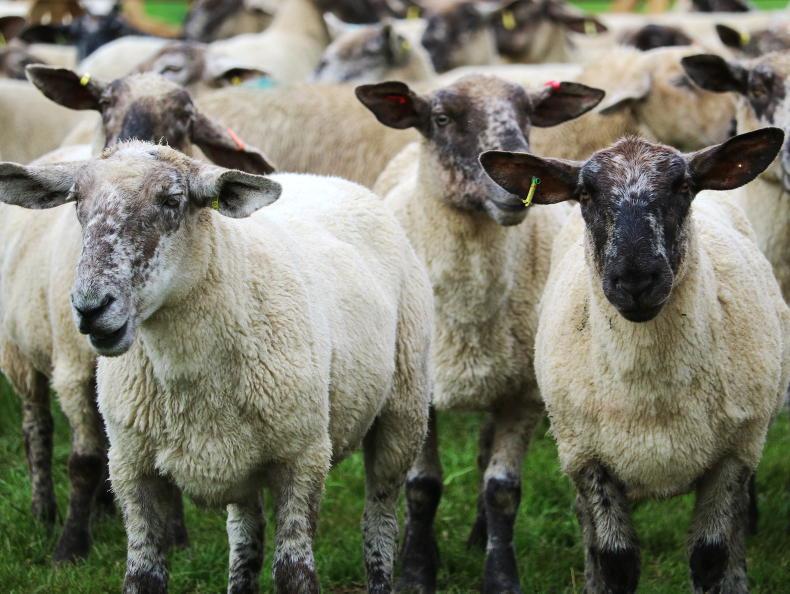

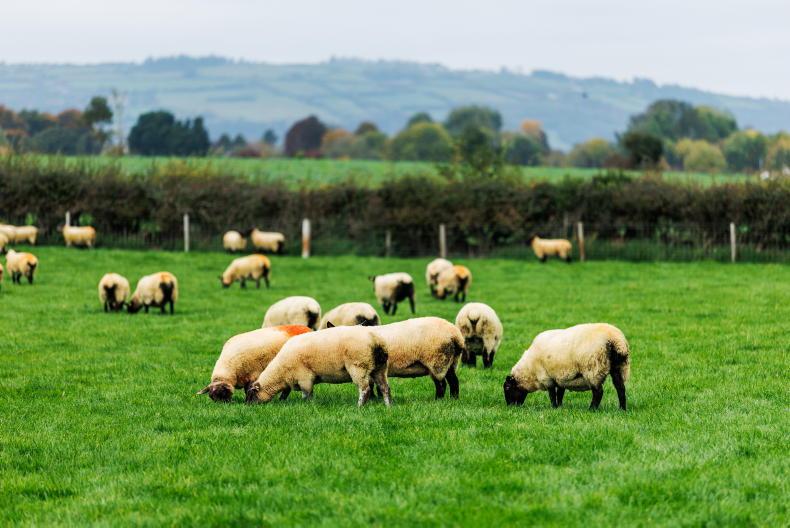
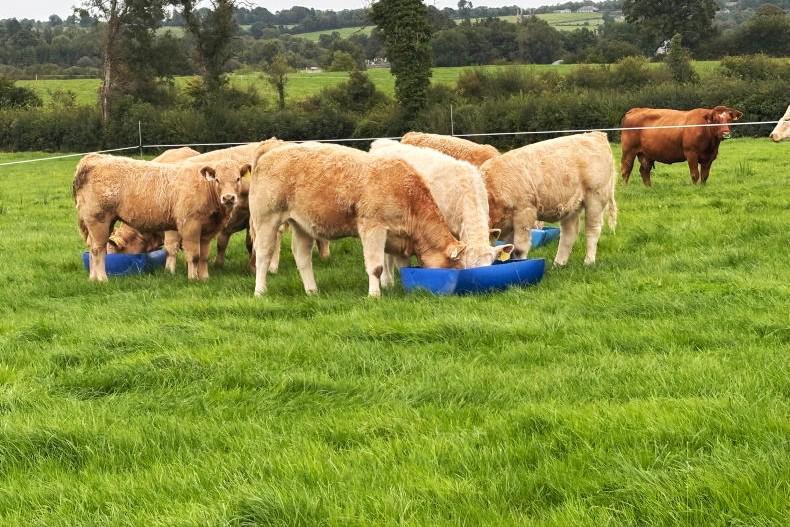
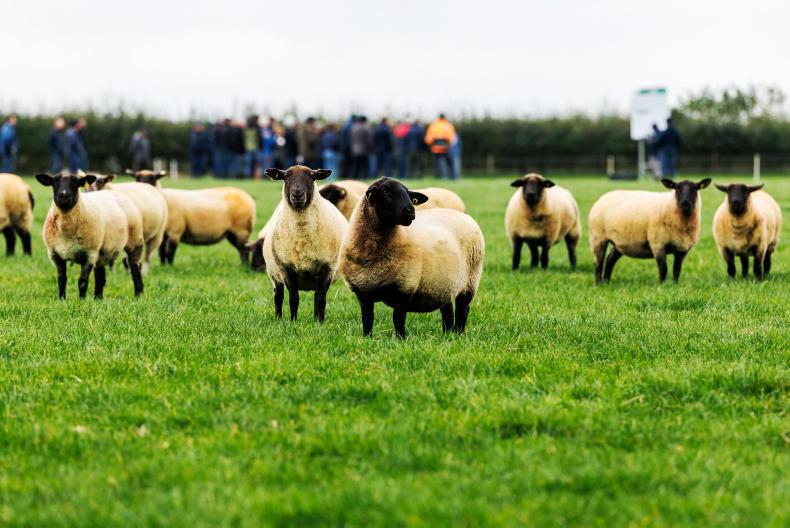
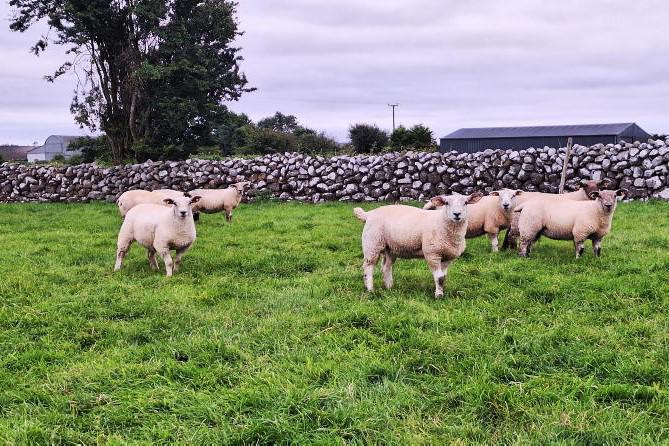
SHARING OPTIONS